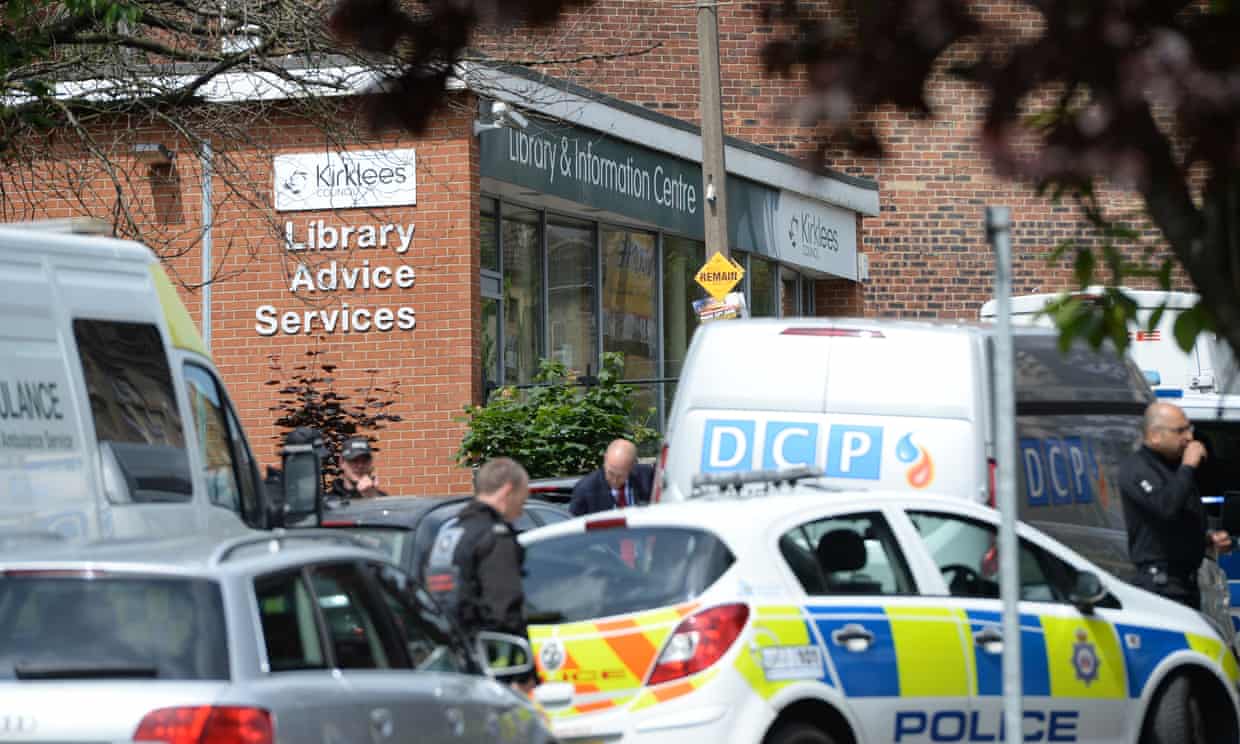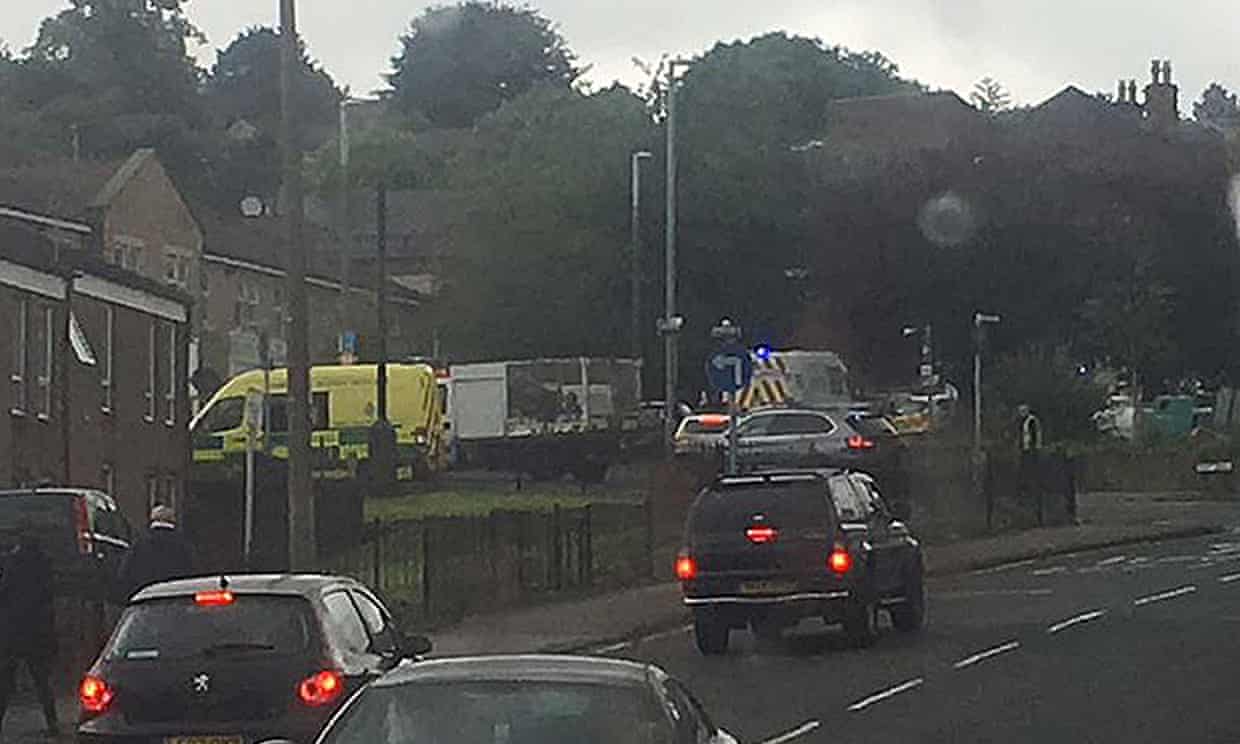GAO: The Department of Justice’s (DOJ) Federal Bureau of Investigation (FBI) operates the Next Generation Identification-Interstate Photo System (NGI-IPS)— a face recognition service that allows law enforcement agencies to search a database of over 30 million photos to support criminal investigations. NGI-IPS users include the FBI and selected state and local law enforcement agencies, which can submit search requests to help identify an unknown person using, for example, a photo from a surveillance camera. When a state or local agency submits such a photo, NGI-IPS uses an automated process to return a list of 2 to 50 possible candidate photos from the database, depending on the user’s specification. As of December 2015, the FBI has agreements with 7 states to search NGI-IPS, and is working with more states to grant access. In addition to the NGI-IPS, the FBI has an internal unit called Facial Analysis, Comparison and Evaluation (FACE) Services that provides face recognition capabilities, among other things, to support active FBI investigations. FACE Services not only has access to NGI-IPS, but can search or request to search databases owned by the Departments of State and Defense and 16 states, which use their own face recognition systems. Biometric analysts manually review photos before returning at most the top 1 or 2 photos as investigative leads to FBI agents.
DOJ developed a privacy impact assessment (PIA) of NGI-IPS in 2008, as required under the E-Government Act whenever agencies develop technologies that collect personal information. However, the FBI did not update the NGI-IPS PIA in a timely manner when the system underwent significant changes or publish a PIA for FACE Services before that unit began supporting FBI agents. DOJ ultimately approved PIAs for NGI-IPS and FACE Services in September and May 2015, respectively. The timely publishing of PIAs would provide the public with greater assurance that the FBI is evaluating risks to privacy when implementing systems. Similarly, NGI-IPS has been in place since 2011, but DOJ did not publish a System of Records Notice (SORN) that addresses the FBI’s use of face recognition capabilities, as required by law, until May 5, 2016, after completion of GAO’s review. The timely publishing of a SORN would improve the public’s understanding of how NGI uses and protects personal information.
Prior to deploying NGI-IPS, the FBI conducted limited testing to evaluate whether face recognition searches returned matches to persons in the database (the detection rate) within a candidate list of 50, but has not assessed how often errors occur. FBI officials stated that they do not know, and have not tested, the detection rate for candidate list sizes smaller than 50, which users sometimes request from the FBI. By conducting tests to verify that NGI-IPS is accurate for all allowable candidate list sizes, the FBI would have more reasonable assurance that NGI-IPS provides leads that help enhance, rather than hinder, criminal investigations. Additionally, the FBI has not taken steps to determine whether the face recognition systems used by external partners, such as states and federal agencies, are sufficiently accurate for use by FACE Services to support FBI investigations. By taking such steps, the FBI could better ensure the data received from external partners is sufficiently accurate and do not unnecessarily include photos of innocent people as investigative leads.
*** The Privacy Act of 1974 places limitations on agencies’ collection, disclosure, and use of personal information maintained in systems of records.3 The Privacy Act requires agencies to publish a notice—known as a System of Records Notice (SORN)—in the Federal Register identifying, among other things, the categories of individuals whose information is in the system of records, and the type of data collected.4 Also, the E-Government Act of 2002 requires agencies to conduct Privacy Impact Assessments (PIA) that analyze how personal information is collected, stored, shared, and managed in a federal system.5 Agencies are required to make their PIAs publicly available if practicable. See the entire report here from the General Accounting Office.



